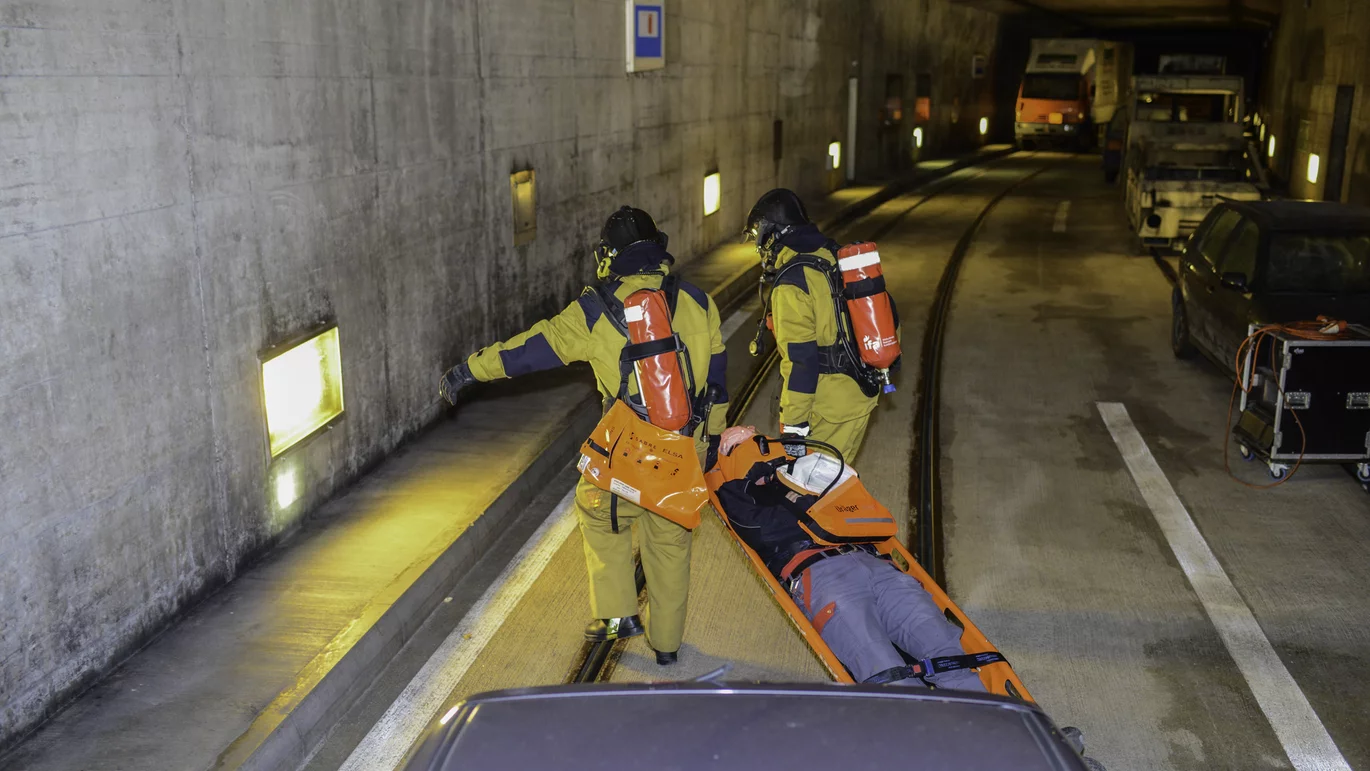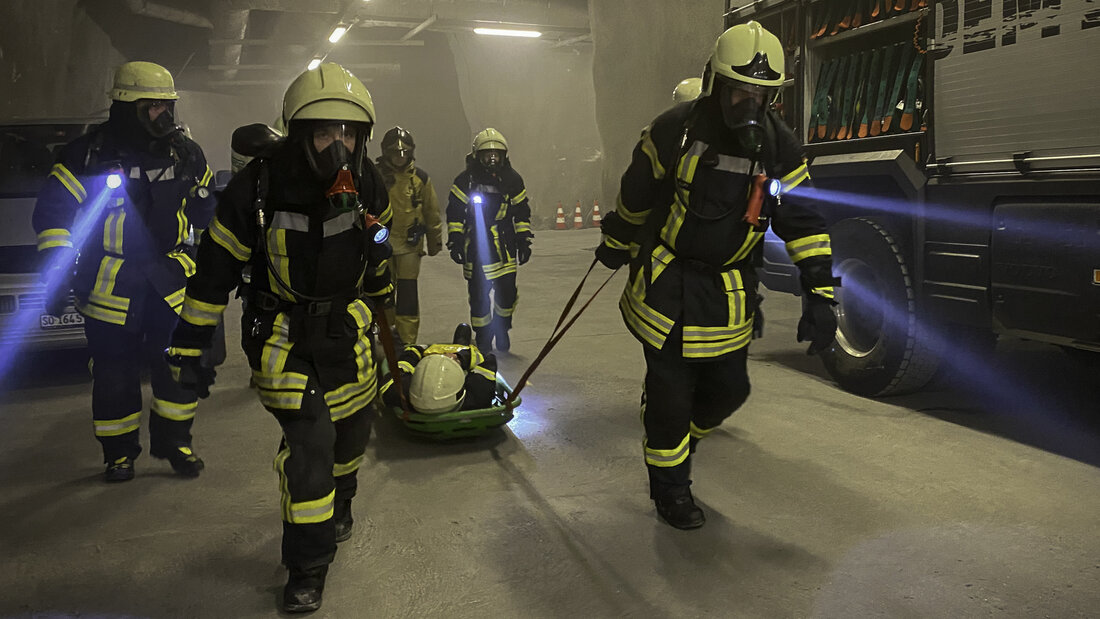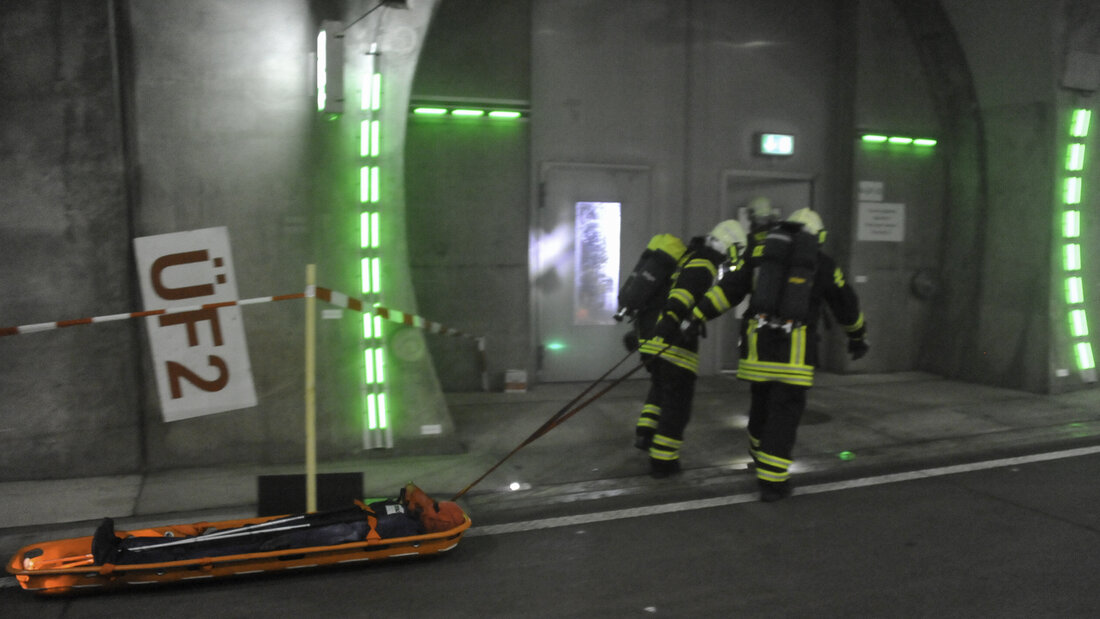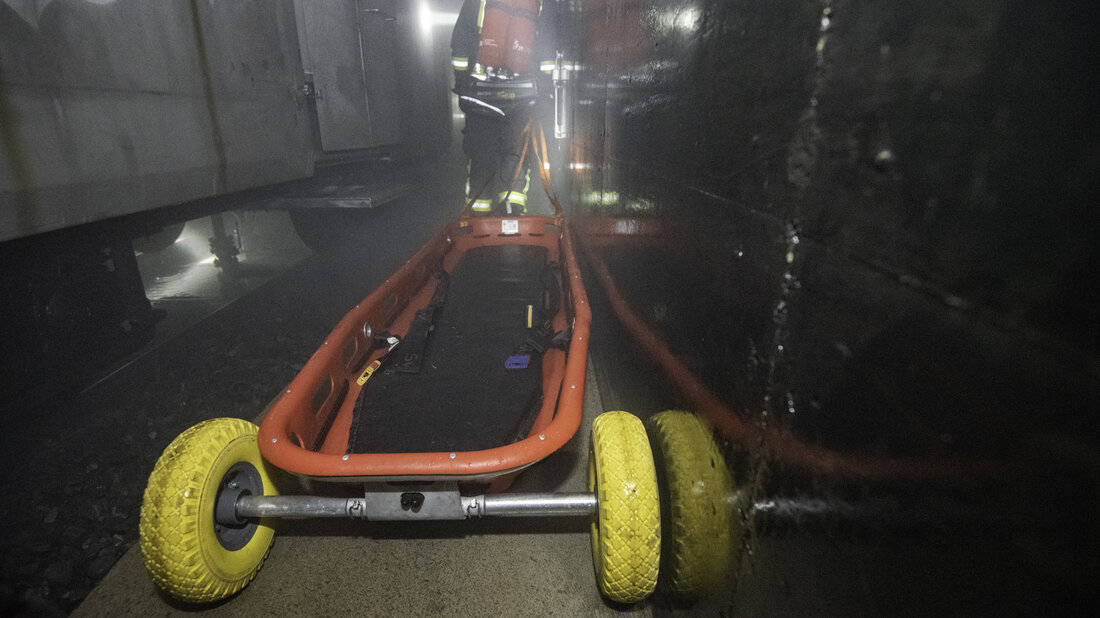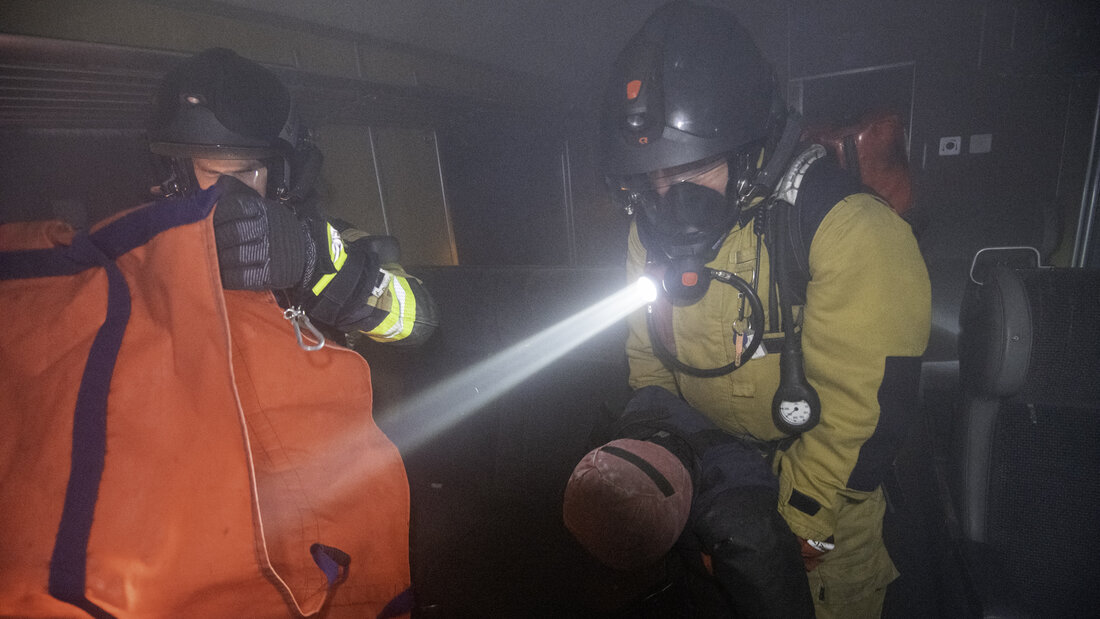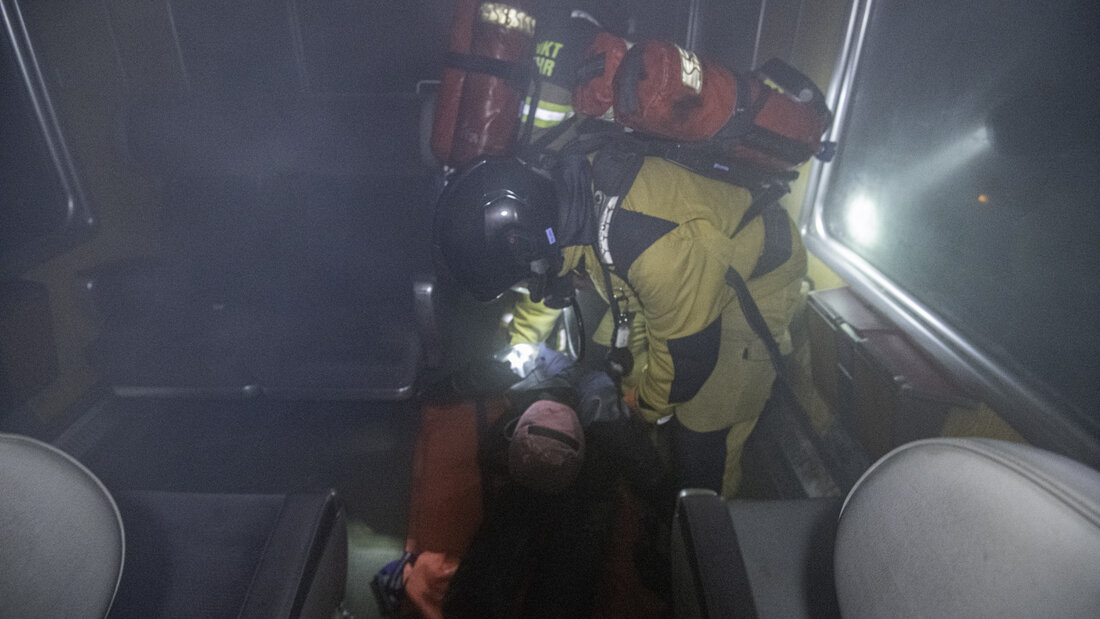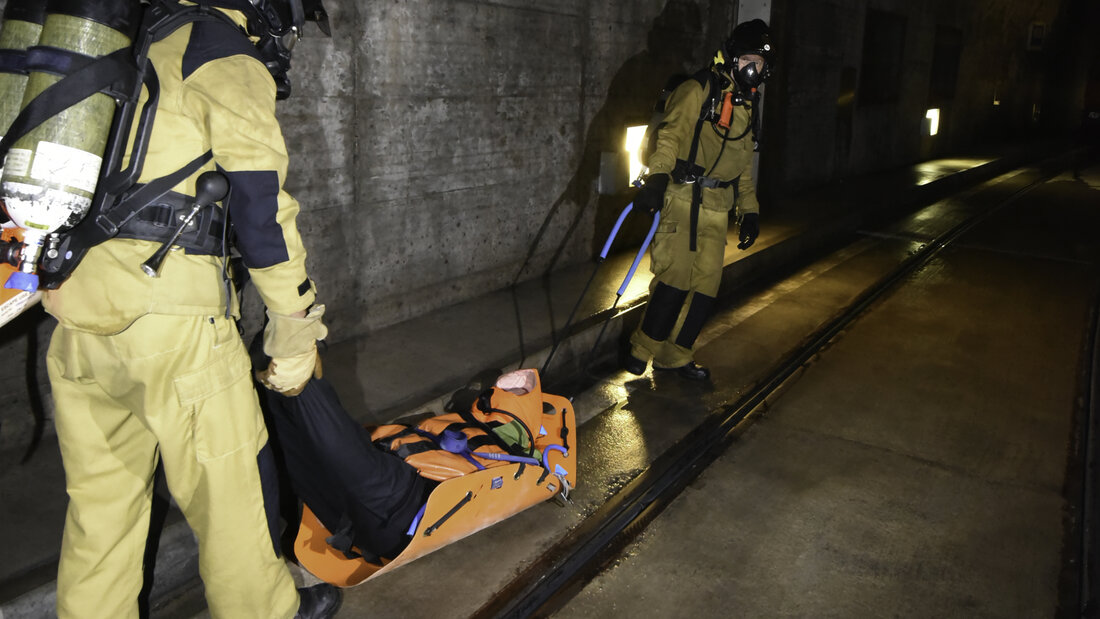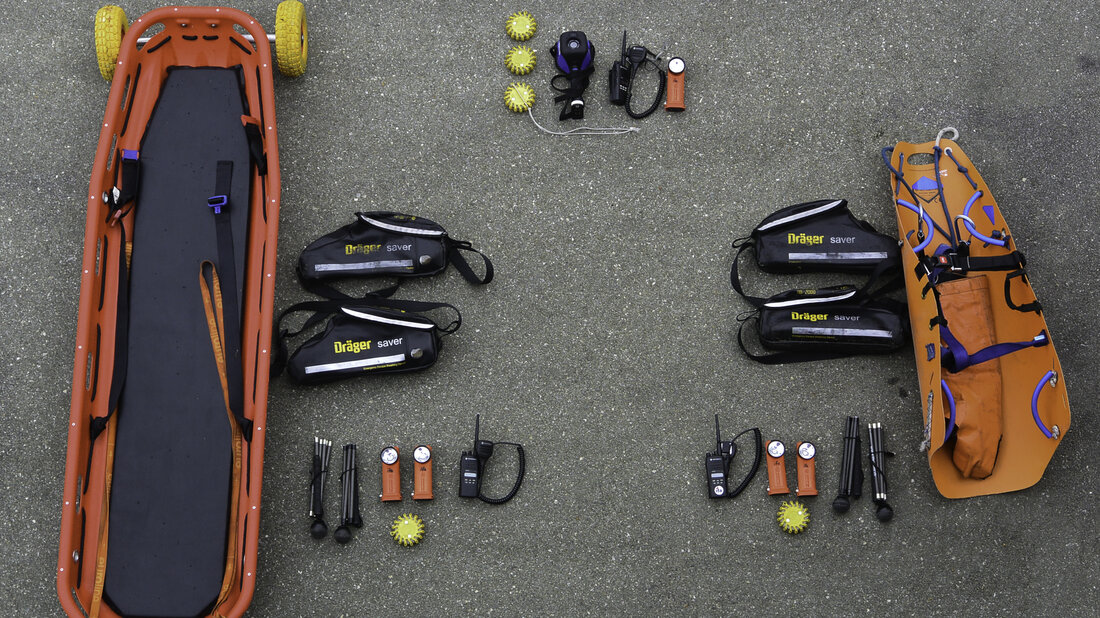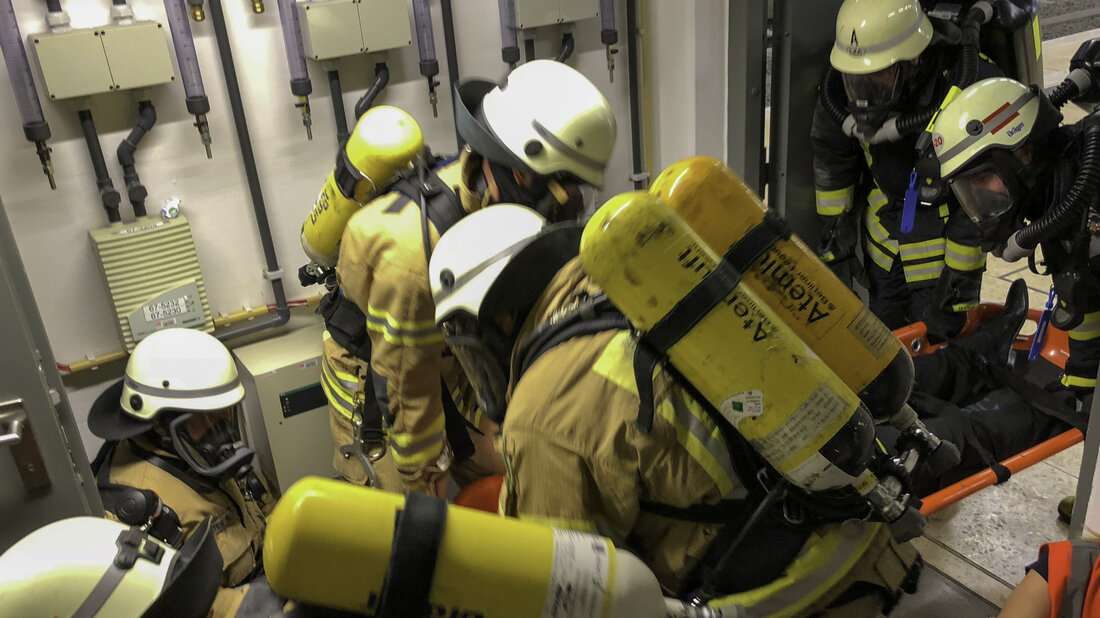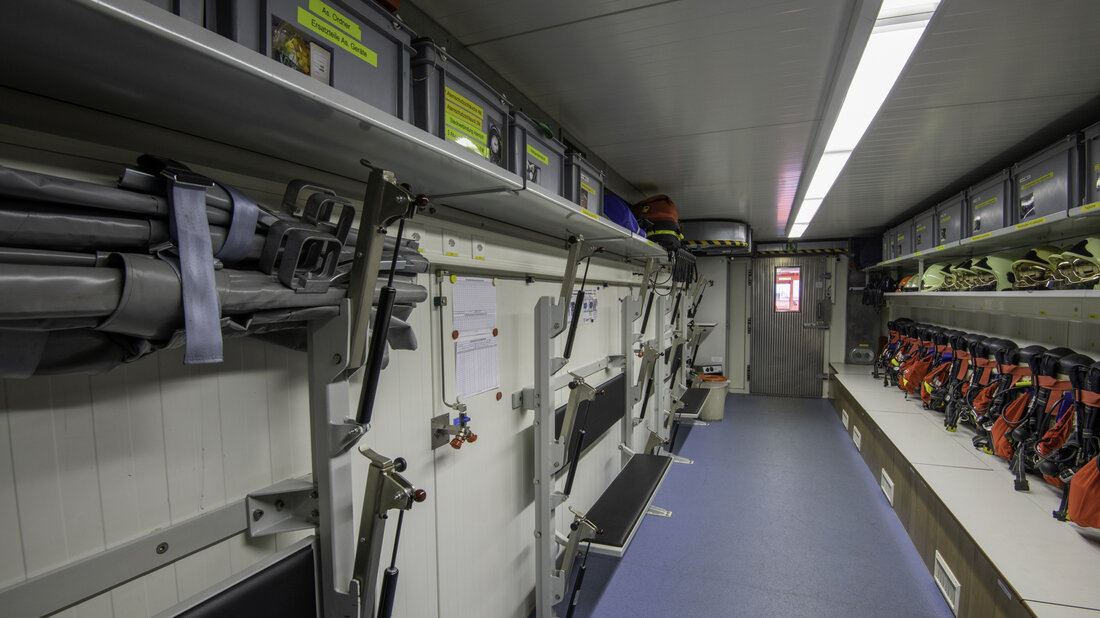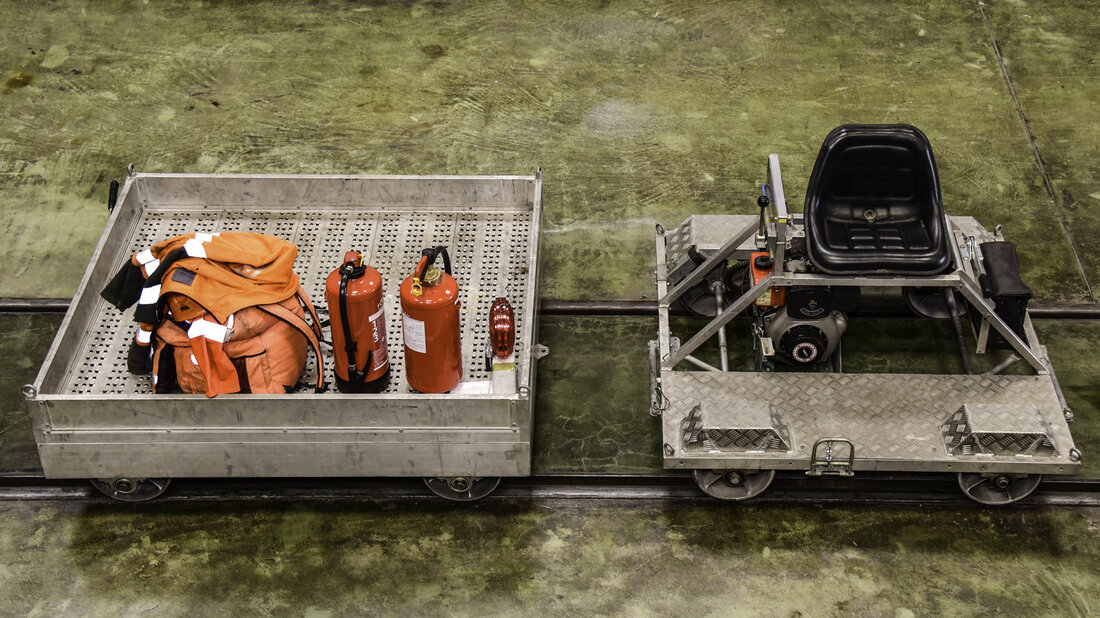One of the greatest challenges during operations in underground transport systems (UTS) is the transport of persons who are unable to escape over long distances. Without any transport aids, the emergency personnel can quickly reach the limits of their physical capabilities. Which equipment is best suited depends on the specific task as well as the type and design of the respective UTS. The following article provides guidance on how the question of the most suitable transport aids can be clarified in preparation for operations.
The longer the approach, the more strenuous the rescue of persons becomes
The tunnel carrier's safety concepts for traffic tunnels stipulate self-rescue as the primary rescue measure. Firefighters support self-rescue by showing people who can flee the way or leading them out of the dangerous areas. However, immobile persons such as injured or disabled persons must be moved to safe areas by firefighters. Over longer distances, however, it is hardly achievable to simply carry a person. With every metre, the person to be rescued feels heavier and heavier. Without transport aids, firefighters quickly reach their performance limits when carrying immobile persons - especially when wearing breathing apparatuses.
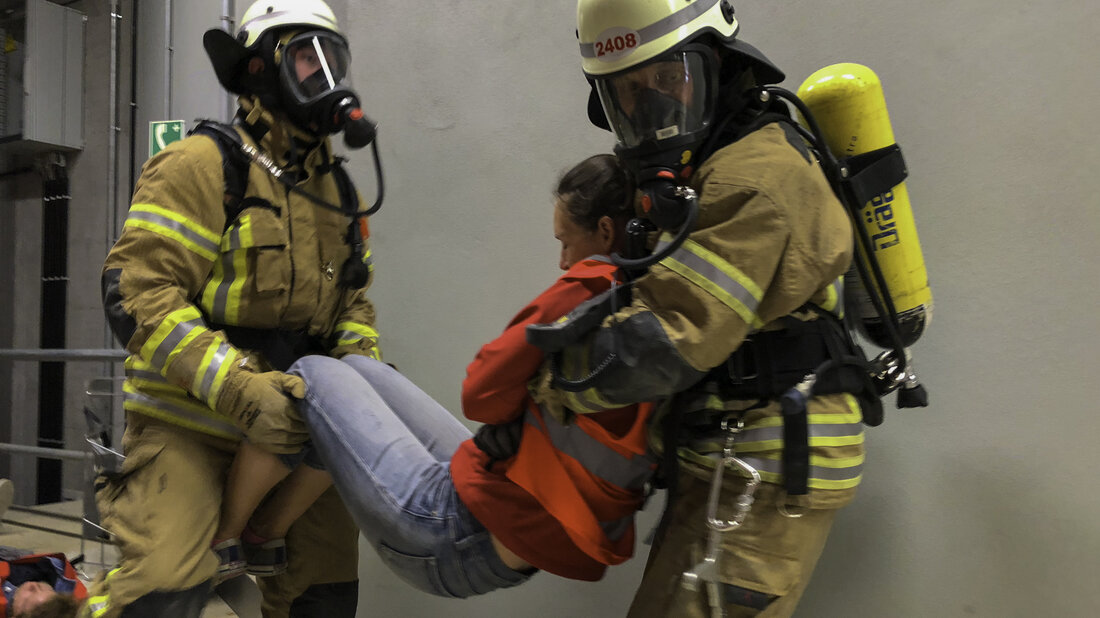
Reference scenario: Rescuing a person from the smoke
In the following, the task of rescuing a person, unable to walk, from a smoke-filled area of a road or railway tunnel by bringing them to the nearest emergency exit is considered. In road and railway tunnels, according to current regulations, the distance to be covered can be 300 to 500 m, in older railway tunnels several kilometres. The onward transport of the persons on the safe side of the emergency exit is not taken into account here.
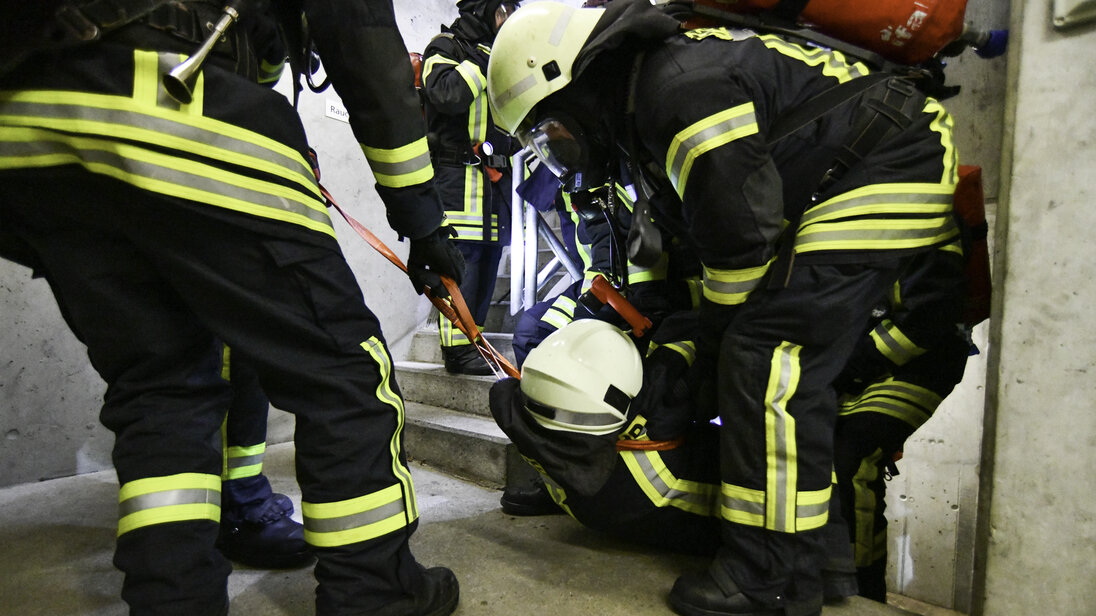
Simplest solution: dragging
The general solution to the transport problem arises from physics: You give some of the person's weight to the floor. The simplest version is to drag the person across the floor. Webbing slings can help hold the person better and improve not to slip off clothing and limbs. However, if the person to be rescued is dragged over the floor and sharp edges, they may suffer injuries. Tests conducted by the International Fire Academy showed that even robust fire protective clothing was scoured down to the skin of the «test comrade» after dragging it over a rough concrete floor for about 50 metres. Dragging over distances of several hundred meters is therefore not compatible with the principles of patient-friendly rescue.


